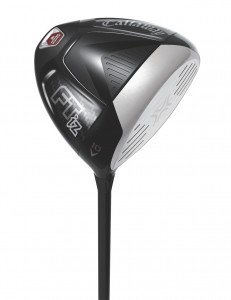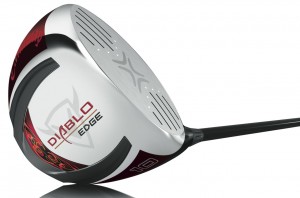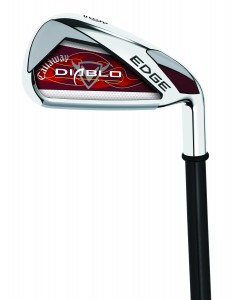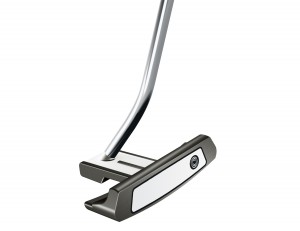I believe I was one of the first golf writers to interview Ely Callaway. It was back in the mid-80s, shortly after Callaway—who was a distant cousin of Bobby Jones and had already had successful careers in textiles and wine—bought a small company that specialized in wedges fitted with shafts that wrapped a metal rod inside a wooden sheath. From those humble “hickory sticks” grew the Callaway Golf empire.
In the intervening years I met Callaway perhaps half a dozen times, usually at his offices in Carlsbad, California. I remember one occasion when we had a heated argument across his boardroom table; I don’t remember what we were yelling about, but it didn’t stop us from having lunch together or from his giving me one of his early “Heavenwoods,” a small-headed, metal 7-wood that I used for years.
Ely Callaway died in 2001 at age 82 but the company bearing his name lives on. There’s been tightening at the top of the sales charts, with Callaway battling Ping and TaylorMade for supremacy in woods and irons. Still, Callaway’s booth was one of the largest and busiest at last month’s PGA Show. And the company isn’t sitting on past success, introducing a number of new products in recent months.
Callaway’s breakout club was the Big Bertha driver, launched in 1991: There’s a definite family resemblance in the newest driver, the FT-iZ (currently being advertised with an MTV-like montage featuring Phil Mickelson, scientific equations, and jet planes). As with most new drivers, the key words used to describe the FT-iZ (above) are weighting, aerodynamics, and price, with the result, of course, being greater distance.
Weight is concentrated in the face and back of the 460cc head, construction Callaway calls “polar weighting.” The head—made of titanium, carbon, aluminum, and steel—has been shaped to minimize wind resistance during the downswing because even though a big head yields more power and forgiveness, it also moves slowly through the air if not properly sculpted. And the design is dramatic, sloping sharply from face to back. The retail price is $399; a Tour model has a slightly open face.
The new Diablo Edge driver (right) also has an aerodynamic design, but the 460cc head is all titanium and more traditional in shape. Its Tour model has a slightly smaller face and the center of gravity is moved forward to produce the lower, more boring shots better players are said to prefer. Both Diablo Edge drivers retail at $299.
Diablo Edge irons (left) are for those who want maximum game-improvement. Callaway engineers studied average golfers and found that the center of gravity in most irons was above the true point of contact, so it’s been lowered to produce consistently high and long shots. An eight-club set is $599 with steel shafts, $799 in graphite.
Among other new Callaway products are Jaws wedges ($119 steel; $139 graphite), designed by Roger Cleveland, and two new four-piece balls, the Tour iZ (for distance) and TouriS (for spin and control), at $43 a dozen.
I wrote about the new White Ice putters from Odyssey, a division of Callaway, a few months ago. At the show, Odyssey introduced two additions to the family. First is Dave Pelz, who will work with the company on putter design and research.
Second are three Backstryke putters (left), each with the shaft entering the head well behind the face. This design makes it easier for the golfer to align the putter, begin the stroke with a forward press, and make an upward stroke on the ball. All Backstryke putters have the new, firmer White Ice insert and retail at $199 (available in mid-April). I hope to try these putters soon and report back on how they perform.
The Callaway website has videos, specs, photos, even ordering information.




